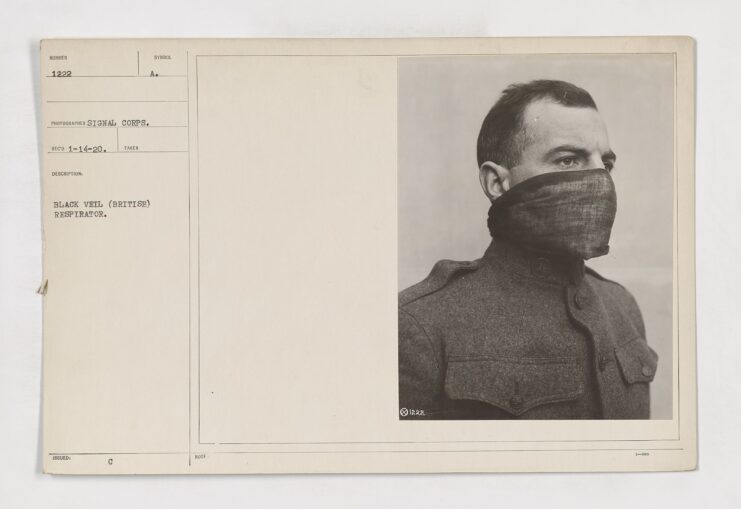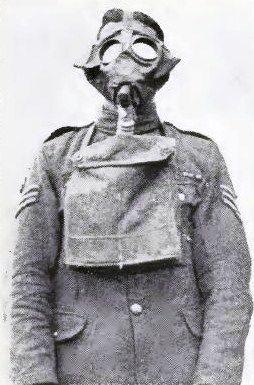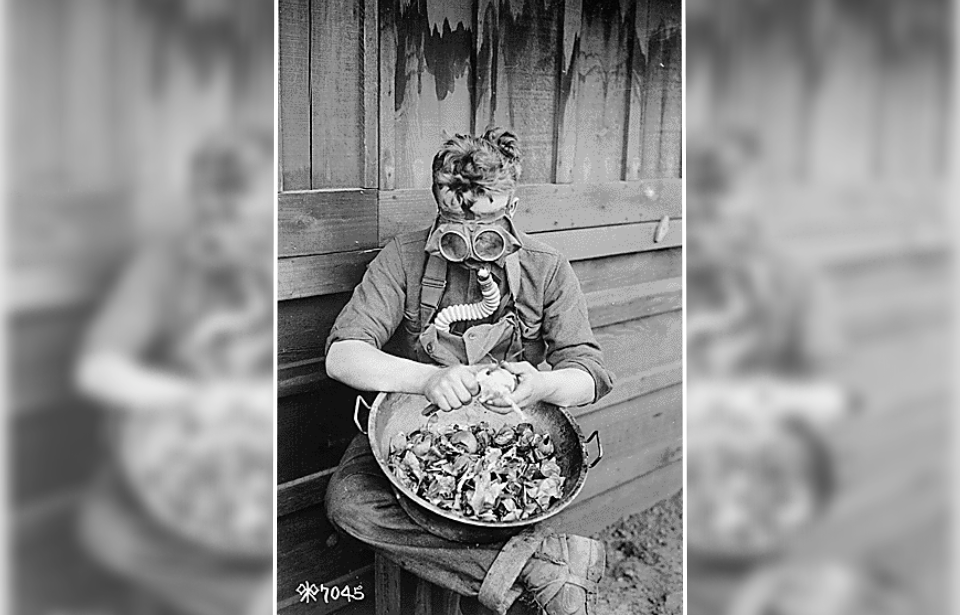World War I marked a dark era of unprecedented technological advancements in warfare. One of the most notorious was the use of poisonous gas, first used during the Second Battle of Ypres. As the conflict unfolded, chemical warfare became a harrowing reality. Mustard gas, chlorine, phosgene and other poisonous agents were deployed with devastating consequences: severe burns, blindness, suffocation and death.

This indiscriminate weapon’s deadly impact prompted the development of countermeasures. Initially, troops could only counter the effects by covering their mouths and noses with water- or urine-soaked rags, but these solutions only prevented problems caused by breathing in the gas. Military scientists and engineers scrambled to create something more reliable, leading to the gas mask.
Early gas mask designs were rudimentary, often consisting of cotton pads soaked in chemicals or simple cotton mouthpieces, such as the Black Veil Respirator. However, as the nature of chemical warfare evolved, so, too, did the designs and effectiveness of gas masks, with several models developed throughout the conflict, each seeking to enhance protection.

Equipping soldiers with gas masks was only one part of their use during WWI. Training programs were introduced to educate on their importance and proper use. Pamphlets were created that outlined proper procedures, and the troops were taught to react swiftly upon hearing the alarm, donning their masks within seconds to minimize gas exposure.
Regular drills were also conducted to simulate these attacks, ensuring familiarity with the equipment.
